They say heaven has the most pleasant weather because it has different kinds of atmospheres to suit your preferences. Iran is very much alike! No matter when, no matter where and no matter how you visit Iran, it always has something different and unique to offer its visitors. You can book a ski tour today and enjoy an off-road experience in the desert tomorrow! From the starry night skies of the desert to the cloud covered cities of the rainforests in the North, Iran surely has one of the most diverse climates and terrains in the whole world.
Table of Contents
Does Iran have 4 seasons?

Yes, Iran is a four-season country, meaning mostly in any part of the country you get three months of spring, three months of summer, three months of autumn, and yes, you guessed it, three months of winter. Also,since the Persian calendar was based on the rotation of the earth around the sun, the year starts at the very beginning of the season of Spring. This is a blessing for travel lovers and campers to always be able to find a place to travel and enjoy.
What Are the Coldest and Warmest Parts of Iran?
On any given day in a year, there are specific parts of the country that have completely opposite climates. Let’s give you a scenario to feel what we are talking about. Imagine you have traveled to Iran and you are visiting the mysterious Star Valley in Qeshm. The sun is shining above your head and you feel the hot sun rays on your skin. Do you need to chill a little? You can book a flight next and find yourself in the cold weather of Tabriz, in about 2 hours. This is how Iran’s weather shows its diversity.
For instance, during the months of July and August, the heat in the south of Iran is unbearably hot, and at the same time, there are cities in Northwestern Iran that still have snow-capped mountains and freezing cold nights. We will be exploring the South and Southwest in more detail next.
South and Southwest’s Weather
The south of Iran is stretched right alongside the Persian Gulf. This makes the climate in this region, hot and humid throughout most of the year. Being the south, it is usually warmer than the rest of the country. Cities like Bushehr, Bandar Abbas, and Chabahar are the most famous of the bunch and are more tourist magnets. Just a bit lower than these famous cities, rest the most famous and beautiful islands of the Persian Gulf, Qeshm, Kish, and Hormuz Island. These islands have a very unique climate and terrain of their own. The Star Valley and Chah Kooh Canyon are just examples of the various types of terrain you can find in these magnificent islands.
The southwest alone holds half a dozen of Iran’s different climates and terrains within itself. As you make your way from the city of Shahre-Kord in the Chaharmahal and Bakhtiari province to Ahvaz, you will go through mountains, pass lakes, and valleys, through cold and hot weathers, clouds, rainfall, and sunlight. After all the mountains and valleys you will reach the mesmerizing plain of Khuzestan which is home to Ahvaz. The beautiful picturesque landscapes you can find in this region are not like any other in the country so don’t forget to pack your camera. The best time to visit the South and Southwest of Iran is usually during late fall and winter, when the weather is quite pleasing for creating memories.
East, Northeast, and Southeast’s Climates
This region of the country has the most unique climate and terrain from all the rest. The Kaluts of Kerman, The wind catchers of Yazd, the high domes of the Lut Desert, and the hottest temperature ever recorded on the planet, are all in this vast monstrous beauty. 72 degrees centigrade, is the highest temperature in the world that was recorded in the Lut desert, of course in the dead heat of summer.
The qanats that pass under the ground in this region and the wind catchers of Yazd, all show how in ancient Iran, everybody did everything possible to make life pleasantly enjoyable in the heat of summer. Cities like Yazd, Tabas, Kerman, and Zahedan, rarely get rainfalls during cold seasons and get plenty of sun and heat during the hot seasons.
Due to the variety of climates in these areas, you can travel to these places any time that you like, but we suggest you to plan for spring and fall, when the weather is not that hot nor freezing.
Is Iran All Desert?
Absolutely not. Desert areas like Yazd and Kerman are some of the most wonderful places in Iran. You can spend a whole day in Lut desert and feel the golden sands around you which takes your breath away! But as you know now, there are many different climates in Iran which allows you to see delightful seas, colorful forests and elegant mountains with white, snowy peaks. Therefore, get ready for a variety of experiences when you travel to Iran.
North of Iran Forests and The Sea
If anyone has been in Iran longer than a day they would know that when Iranians say north, they are talking about the provinces adjacent to the Caspian Sea. The Terrain and climate in these cities are like none other in the country. These cities are surrounded by the Alborz mountain range and they keep the humidity within that area, causing beautiful scenery, green mountains covered by rainforests, and of course, the great Caspian Sea which is the equivalent of a cherry on top of a sundae.
The North is rainy throughout most of the year, cold during the winter and hot and extremely humid during the summer with lesser rain. But, none of these can be bothersome when you see a gorgeous forest with a fuggy atmosphere every time you wake up in the morning while you are in Gilan, Golestan or Mazandaran provinces. You can travel to these places any time that you want, but spring and late summer are the most popular times to visit the North. However, if you want to get excited by the exotic nature of the North, you should travel there during fall and winter to see how nature is showing its beauty generously.
The Weather of Central Iran
Geographically known as the plateau of Iran, central Iran, houses cities like Tehran, Isfahan, Shiraz, and Kashan. These cities have a common climate throughout most of the year. Four seasons, green landscapes during the spring, hot throughout the summer, beautifully colorful autumns, and cold to the bone in the winter.
In a city like Isfahan which is located right in the center of Iran, the temperature reaches up to about 40 degrees centigrade in the months of July and August. Thanks to the Zayandeh Rud River, when it flows through this historical city, the weather is a bit bearable in the hot season. However, this region of the country does have dry weather so if you are from a more humid country you will have to carry a bottle of water with you everywhere. A lip gloss always helps as well. Being dry also during the winter, the plateau of Iran has very cold winters so be prepared.
The best time to visit central Iran is during the spring, when the flowers bloom and bring a shiny color to nature. Also, traveling to these areas during fall, makes you enjoy the lovely weather and a new color palette with yellow and orange colors of nature.
Iran Weather In The West and Northwest
In provinces like West and East Azerbaijan and Ardabil, because of the mountainous terrain and the high altitude of the region, cities like Tabriz and Urmia, are cooler during the summer, with temperatures close to freezing and lots of snow during the winter. These cities have heavy rainfalls during the seasons of spring and fall, which could possibly also cause flooding in different parts. Nevertheless, visiting the northwest during spring and autumn especially places like the colorful mountains of Tabriz, Lake Urmia, the jungles of Arasbaran and many more would be nothing short of amazing.
The west of Iran is stretched over the Zagros mountains and is home to wonderful cities like Hamedan, Ilam, and Kermanshah. Some villages in this area are unbelievably integrated with the nature surrounding them. The weather in the west is very much like the northwest, extremely cold in the winters, and pleasantly cool in the summer. The history of this area dates back to thousands of years, meaning the weather and terrain here have always been welcoming to the people who passed through it.
Does Iran have Snowfalls?
Sometimes between November and February, you can expect to have snowfall in Iran, because Iran is located in the Northern Hemisphere. This is the time when kids get excited the most because heavy snowfalls can make schools get closed for a day, so the students can have more time to stay in their warm blankets. Even though many parts of Iran get blessed with snow, some of the southern cities may never see a single snowflake in a year. This is why you can travel to Iran without getting worried about facing the snowy weather all the time or getting too much sunlight.
How Is Tehran’s Weather?
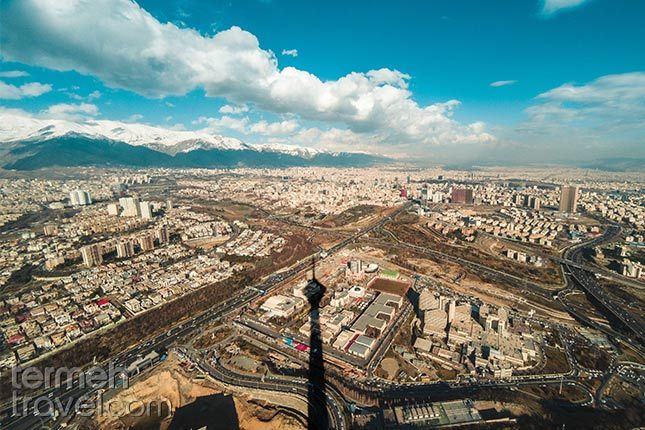
According to Holiday Weather, Tehran’s average temperature is 30°C (86°F) on the hottest days and around 4°C (39°F) in the coldest time of the year. Being located on the base of the Alborz mountain range, Tehran, the capital of Iran, has a unique terrain. On the south side, Tehran is close to the drier regions of the plateau which makes it hot and dry for the most part of the year, and on the north side, it reaches a very high altitude, with colder climates and more humidity. Most Tehranis usually go to the north side of the city to hang out and have fun with their families and friends after a long hard day (at least, when the weather is not polluted). So, if you ever visit Tehran, try to get the most of it.
Now that you know the weather of different parts of Iran, it is time to find the best time to visit this country.
What Is The Best Time to Visit Iran?
Iran is one of those places which includes almost all types of climates and gives you a good diversity to enjoy hot summery weather in the south, chilling weather in the west and humid weather in the north. Therefore, you can travel to Iran any time of the year and enjoy a variety of experiences. So book your trip to the land of art and culture right now!
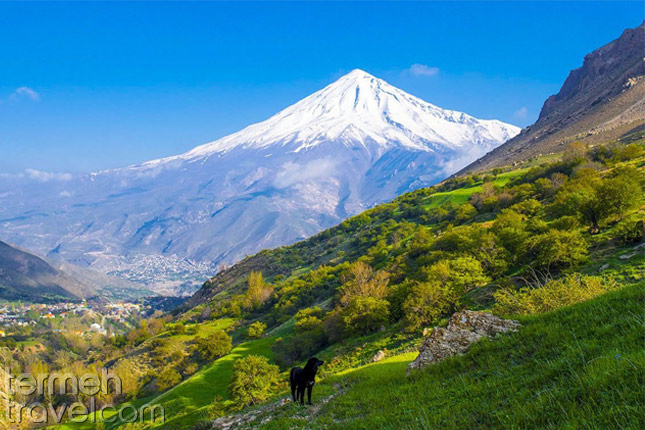
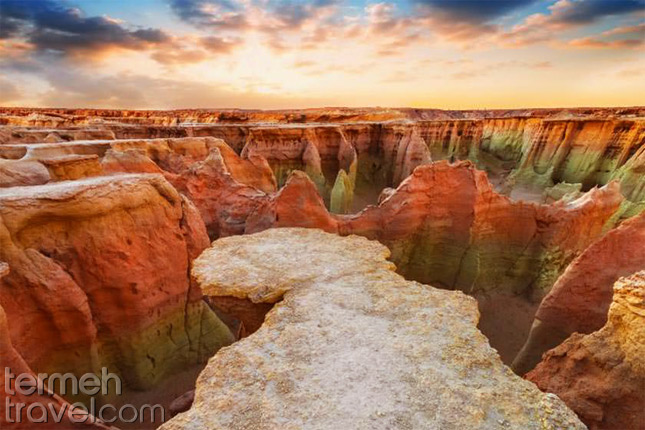
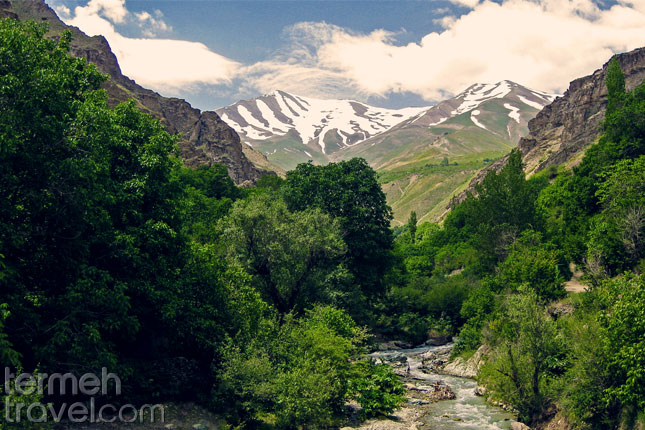
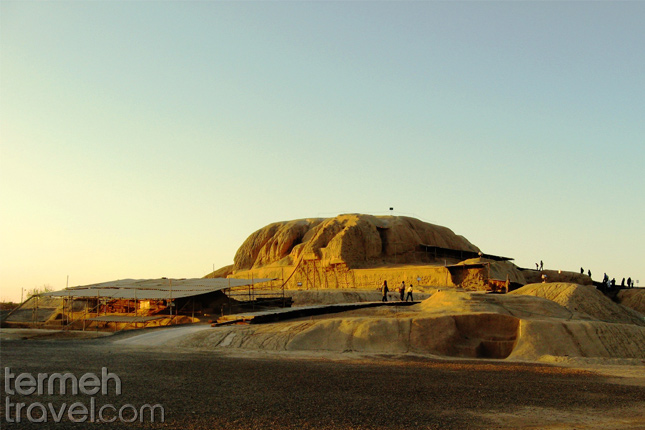
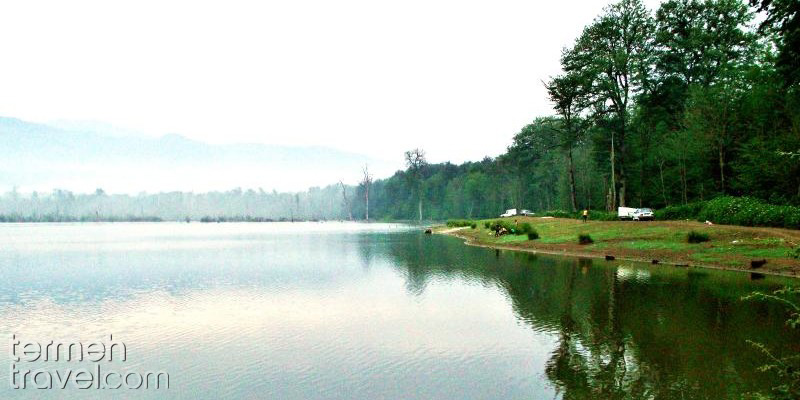
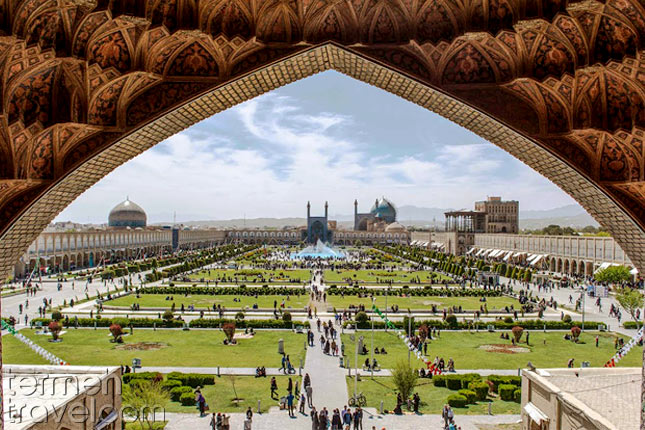

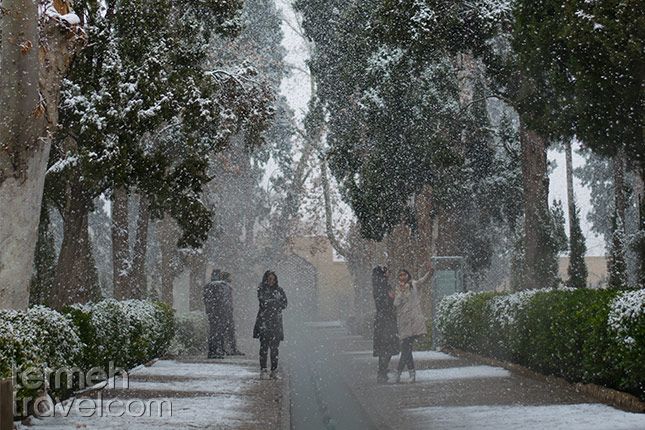





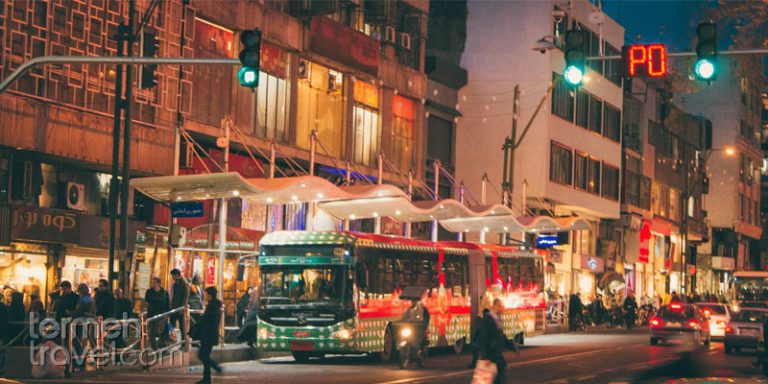

Leave a Comment